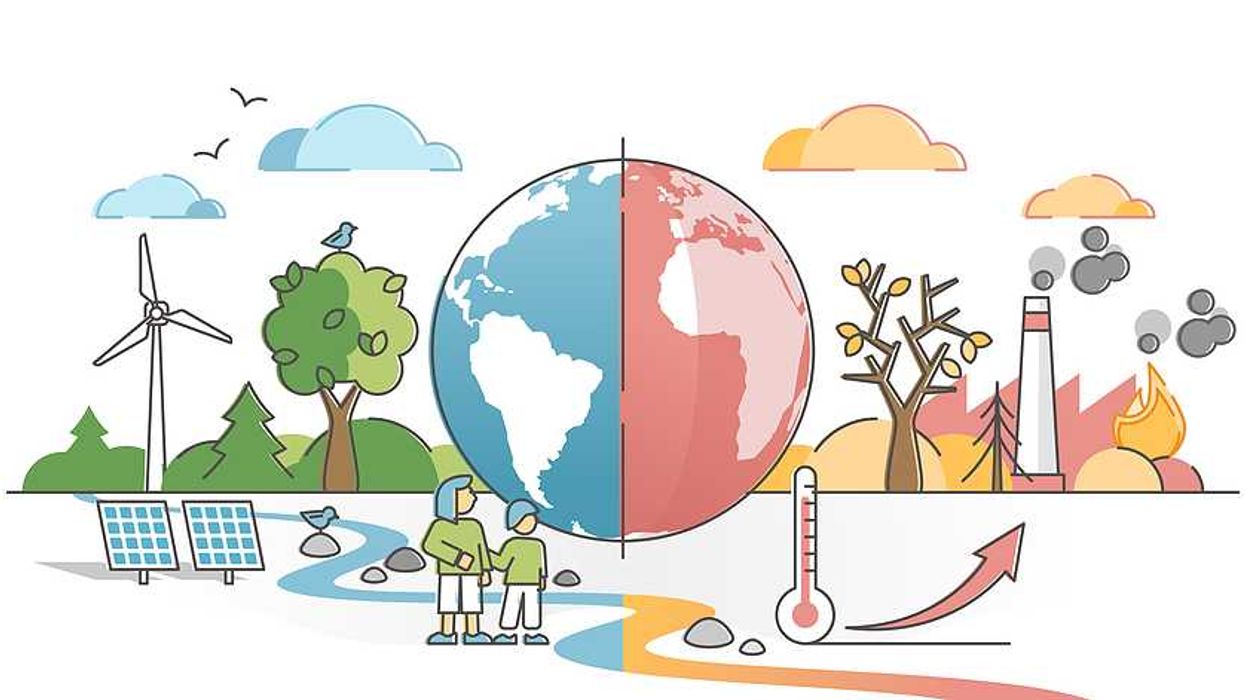A shuttered coal plant’s ash pond in Gadsden, Alabama, continues to leak toxic metals into groundwater nearly a decade after its closure, prompting a legal threat from environmental groups.
Dennis Pillion and Lee Hedgepeth report for Inside Climate News.
In short:
- Alabama Power’s Gadsden coal ash pond, though closed and capped since 2018, is still leaching contaminants like arsenic and cobalt into nearby groundwater, according to data the utility is required to report.
- The Coosa Riverkeeper, backed by the Southern Environmental Law Center, has issued a notice of intent to sue Alabama Power under federal waste management laws for ongoing pollution.
- Despite federal rejection of Alabama’s coal ash closure program for being too lax, the company has continued to cap ash in place, a method critics argue fails to prevent groundwater contamination.
Key quote:
“Alabama Power claims to be a good neighbor, but I was taught that to be a good neighbor, you clean up after yourself.”
— Justinn Overton, executive director of Coosa Riverkeeper
Why this matters:
Coal ash is a toxic byproduct of burning coal for electricity. It contains heavy metals like arsenic, lead, and selenium that can leach into groundwater if not stored properly, threatening drinking water supplies and aquatic ecosystems. While many utilities have begun moving coal ash to lined landfills, Alabama Power has largely opted to leave the ash where it sits, covering it instead of relocating it. Critics say this “cap-in-place” strategy ignores the reality that much of the ash remains in direct contact with groundwater, allowing contaminants to spread. Coal ash mismanagement has already triggered environmental disasters in other states, and public health experts warn that long-term exposure to even small amounts of the metals found in coal ash can raise cancer risks and damage vital organs.














